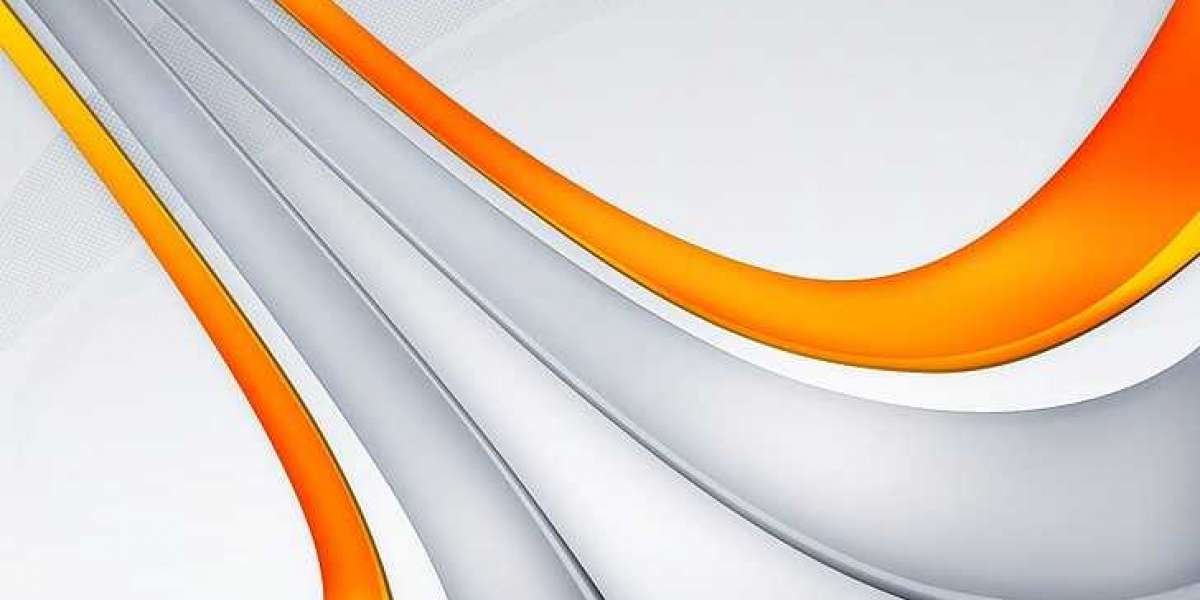
The Rise of Automatic Hoover Robots: Revolutionizing Home Cleaning
In today's fast-paced world, innovation continues to reshape the method we live and work. Amongst the developments making a considerable influence on households are automatic hoover robots, Sensor technology frequently referred to simply as robot vacuum cleaner top 10 vacuums. These intelligent cleaning machines promise not just convenience however likewise performance in preserving clean home. This post checks out the advancement, advantages, restrictions, and future of automatic hoover robots.
The Evolution of Automatic Hoover Robots
The idea of automated cleaning gadgets dates back to the early 20th century, however it wasn't until the arrival of advanced robotics, sensors, and expert system that robot vacuums became practical. The following table illustrates crucial milestones in the evolution of automatic hoover robots:

| Year | Milestone |
|---|---|
| 1996 | The first automatic vacuum is presented by Electrolux. |
| 2002 | iRobot releases the Roomba, a consumer-grade best robot vacuum under 200 vacuum. |
| 2010 | Intro of innovative mapping innovation and accident sensors. |
| 2016 | Robotic vacuums start integrating with smart home systems. |
| 2020 | Increased adoption of AI and artificial intelligence for better cleaning algorithms. |
How Automatic Hoover Robots Work
Automatic hoover robots operate utilizing a combination of sensors and algorithms to navigate family areas. Below are crucial components that contribute to the performance of these makers:
- Sensors: Lidar (light detection and ranging), infrared, and cliff sensors help the robot map the area and avoid challenges.
- Mapping Technology: Many models now offer sophisticated mapping abilities, making it possible for effective navigation through spaces, identifying high-traffic locations, and keeping in mind the design of your home.
- Cleaning Modes: Most top robot vacuum cleaner vacuums come with several cleaning modes, consisting of area cleaning, edge cleaning, and methodical navigation.
- App Connectivity: Many modern designs allow control via mobile phone apps, enabling users to set up cleansings and personalize settings remotely.
Benefits of Automatic Hoover Robots
Automatic hoover robots offer a myriad of advantages, making them attracting a considerable number of customers. Here are some engaging benefits:
- Time-Saving: Users can schedule cleansings and multitask while the robot vac does the work.
- Constant Cleaning: Regularly arranged cleanings ensure that homes remain neat.
- Ease of access: Robots can clean up hard-to-reach locations like under furnishings without manual effort.
- Smart Features: Integration with smart home systems allows for voice control and more sophisticated scheduling alternatives.
Limitations of Automatic Hoover Robots
Regardless of their benefits, automatic hoover robots have particular downsides that users need to think about:
- Battery Life: Most robot vacuums require charging, which can interrupt cleaning cycles.
- Suction Power: While efficient for light debris, they may struggle with deeply ingrained dirt or thick carpets.
- Maintenance: Regular cleaning of brushes and filters is essential to preserve performance.
- Expense: High-end designs can be costly, which might be a barrier for some customers.
Future of Automatic Hoover Robots
As technology continues to advance, there are a number of amazing potential customers for automatic hoover robots. Here's what to anticipate in the coming years:
- Enhanced AI: Improved machine learning algorithms might permit robots to adjust their cleaning methods based on the particular layout and dirt levels in a home.
- Multi-Functionality: Future models might not just vacuum however also mop, sanitize surface areas, and even offer real-time environmental tracking.
- Integration with Home Automation: Increased interoperability with various smart home systems will likely boost control and functionality.
- Sustainability: Future variations may concentrate on eco-friendly functions, consisting of eco-friendly parts and energy-efficient operations.
Often Asked Questions (FAQs)
1. How typically should I run my automatic hoover robot?
- It largely depends upon your lifestyle, however running it a couple of times per week can assist keep a tidy home, especially in high-traffic locations.
2. Can I utilize a robot vacuum on carpets?
- Many robot vacuums are designed to work on carpets, but performance may differ depending on the density and thickness. Constantly check the producer's specs.
3. Do robot vacuums work well with family pet hair?
- The majority of modern-day models are equipped with brushes and strong suction power specifically developed to deal with pet hair efficiently.
4. Can I schedule cleanings from another location?
- Yes, numerous robot vacuums feature smart device apps that allow users to arrange cleanings and control features from anywhere.
5. How do I maintain my robot vacuum?
- Frequently clean the brushes, empty the dustbin, and change filters according to the manufacturer's suggestions to guarantee optimal efficiency.
Automatic hoover robots represent a significant shift in the method households approach cleaning. By combining sophisticated technology with user-friendly functions, these gadgets not only provide convenience however also improve efficiency in preserving tidy living spaces. As improvements continue, the future of automatic hoover robots looks appealing, potentially offering even more intelligent services for modern homes.
In a world where time is of the essence, the role of technology in home care is becoming significantly vital, making automatic hoover robots an exceptional investment for those seeking to simplify their lives while ensuring tidiness.








